Modern office chairs have come a long way in terms of finding more practical and comfortable ways to mold to our bodies. We've seen countless advances in cushioning tech, such as the advent of mesh seats, and ergonomic features like lumbar support are getting better all the time. But none of those are ever going to get you the perfect fit on your own.
If you own an adjustable office chair, I'm sure you've taken a gander at the mess of levers and knobs below your seat. Perhaps you've fiddled with them already, perhaps not. But there's still a chance there's more to your chair's adjustability than you know.
If you haven't been feeling quite as comfortable as you'd like, even in one of the best office chairs, there's a chance you're one or two adjustments away from finding that perfect fit. Read on to see five easy tweaks you can make in just a few minutes.
Seat height
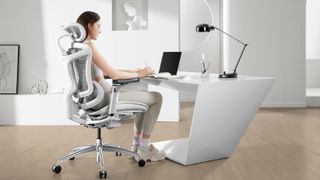
Variable seat height is perhaps the most common adjustment feature on office chairs, and it's an easy function to fiddle with. But there's an optimal way to set this measurement up so the chair can best support your weight and keep the cushioning feeling light.
You're likely to feel the most comfortable when you set the height of your chair so that your upper legs are parallel with the floor and your lower legs are perpendicular. In other words, your knees should make a right angle, and your feet should be sitting flat on the ground below them.
Backrest and lumbar support height
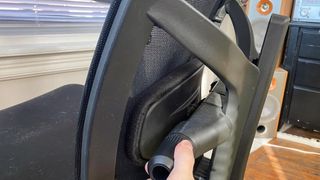
This type of adjustment is becoming increasingly common, and it aims to conform to the natural s-curve of your lower spine. Everyone's torso is a different length, so many chair brands have engineered height adjustment into the lumbar support bars on their chairs. You may not have this feature, but plenty of chairs we've tested recently — such as the Uplift Facet — give you several inches of leeway. Even some of the best gaming chairs like the Razer Iskur V2 offer similar adjustability.
This adjustment is pretty straightforward: find the curve in your lower back and adjust the lumbar support to fill it. Just don't try to use this contour to correct improper curvature in your upper back, as your spine will most likely counter-correct and put even more strain on your tendons and nerves. If you're experiencing back pain that isn't going away when you have your lumbar support set up properly, it might be worth looking into other chairs or seeing a medical professional, depending on the intensity of your pain.
Armrest positioning
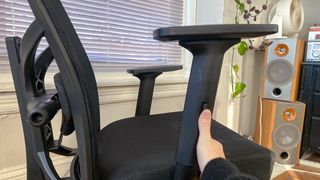
One of the biggest mistakes that many people make with their armrests (myself included, for the longest time) is setting them so your arms are touching them when you type. This is actually not what most brands recommend, because it forces you to spread your elbows out wider than your keyboard and holds your wrists at an awkward angle.
The best place to position your armrests (assuming yours are height-adjustable) is a few inches lower. Ideally, they'll support your arms where they would naturally rest when you're not typing, or just a few inches above your lap. Say, for example, you're in a meeting: no need to have your arms propped up like you're in a pool floatie then. Let those fellas hang the way they want to.
Tilt and tilt resistance
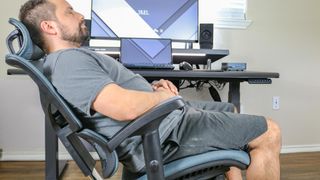
Did you know that having a little back-and-forth sway is good for your back? You can actually get plenty of valuable movement throughout the day through that natural rocking motion, but it's important to make sure it's properly supporting you and your weight. Many chairs do this automatically through a series of springs and counterweights, but plenty more have knobs that micro-adjust the resistance to fit your preferences.
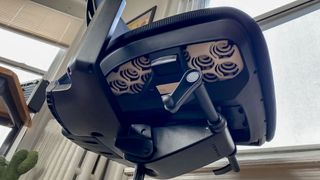
This adjustment gives you some leeway in terms of personal preference, but the best balance to strike is one that keeps you somewhere toward the upper end of the chair's tilt. In other words, you should be sitting up relatively straight, but not like a soldier at attention. Rocking forward on occasion is just as important as rocking backward.
Seat fore-aft position
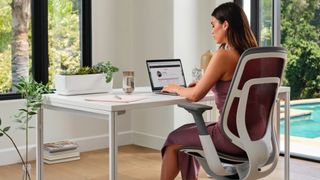
On top of vertical adjustment, many high-end chairs allow you to adjust the back-and-forth positioning of the seat cushion, which is an ideal adjustment to utilize if you have particularly short or long legs. In essence, this adjustment helps you maximize contact with the seat, thus spreading your weight out more evenly, without pushing into the backs of your knees.
If you can adjust the cushion, we recommend putting a few inches between the back of your knee and the seat when your back is in full contact with the backrest. This gives you just enough space to bend your legs more than 90 degrees, which should help you feel more mobile as you swivel and wheel around at your leisure.
More from Tom's Guide
- I've been using a 3D-printed office chair for a week and it feels like it's from the future
- Office chair vs gaming chair: Which is better for your home office?
- This color-changing desk lamp is one of my favorite home office upgrades of the year
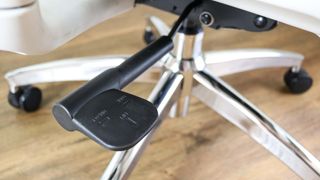











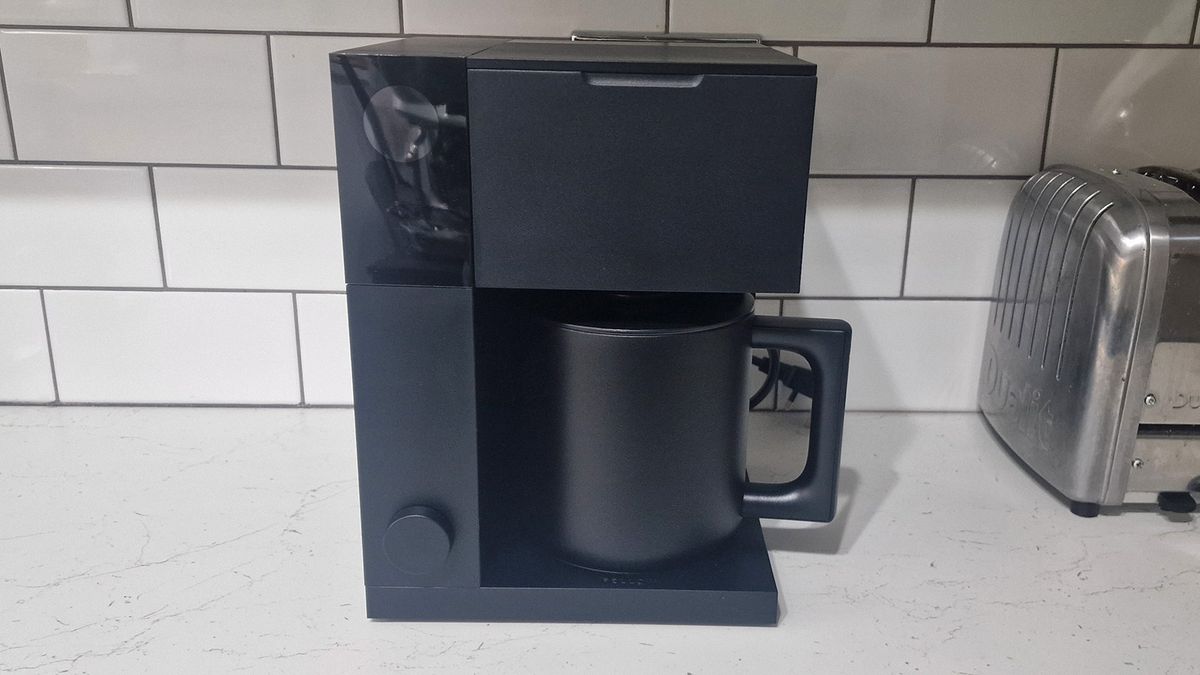








 English (US) ·
English (US) ·